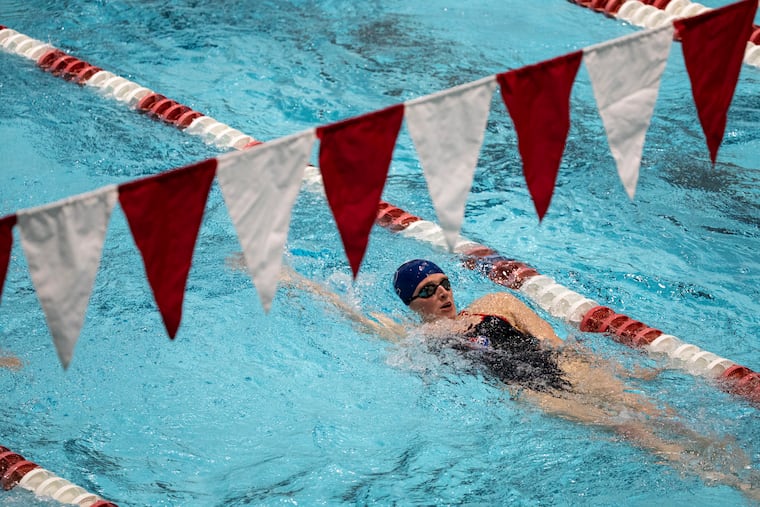Penn swimmer Lia Thomas’ success has prompted national debate about trans athletes. Here’s what to know.
So, do trans women retain physical advantages? And what are the rules? In the words of an expert, "it’s a complicated thing."

So, do trans women retain physical advantages? And what are the rules? In the words of an expert, "it’s a complicated thing."
